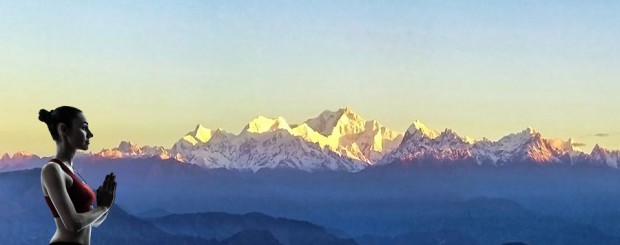About Japa

Japa is the meditative repetition of a mantra or a divine name.
It is a practice found in Buddhism, Hinduism, Jainism, and Sikhism.
The mantra or name may be spoken softly, enough for the practitioner to hear it, or it may be spoken within the reciter's mind.
Japa may be performed while sitting in a meditation posture, while performing other activities, or as part of formal worship in group settings.
The mantra or name may be spoken softly, loud enough for the practitioner to hear it, or it may be recited silently within the practitioner's mind.































